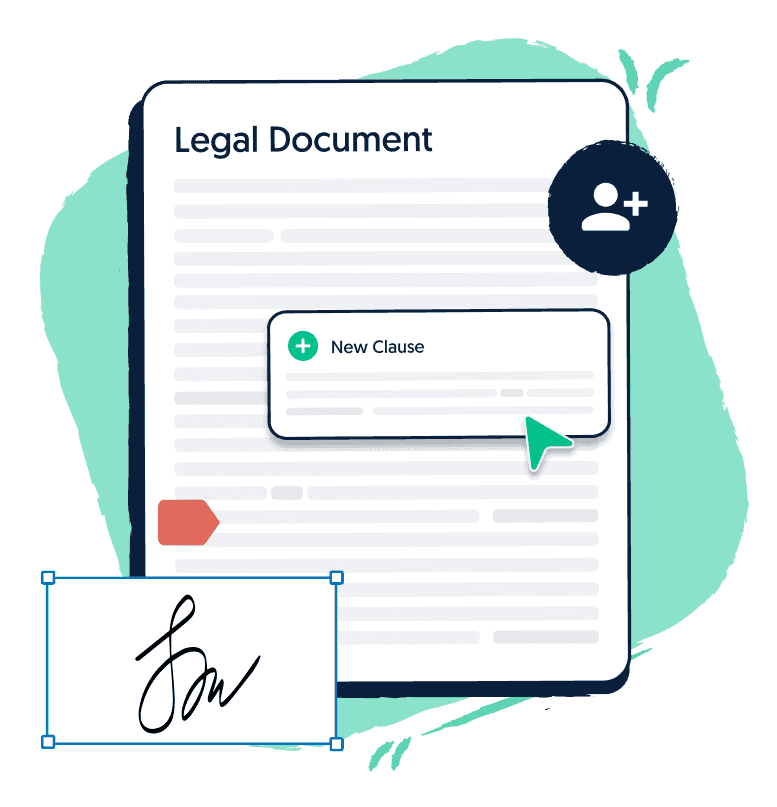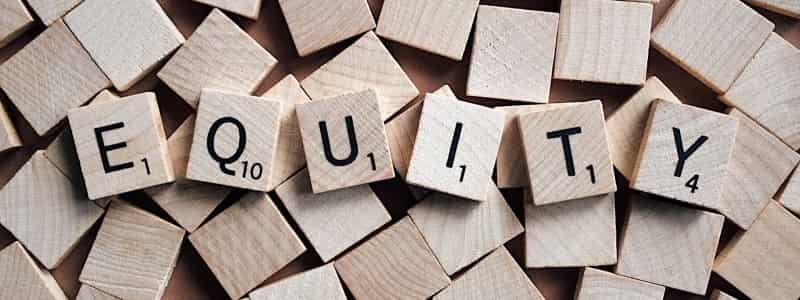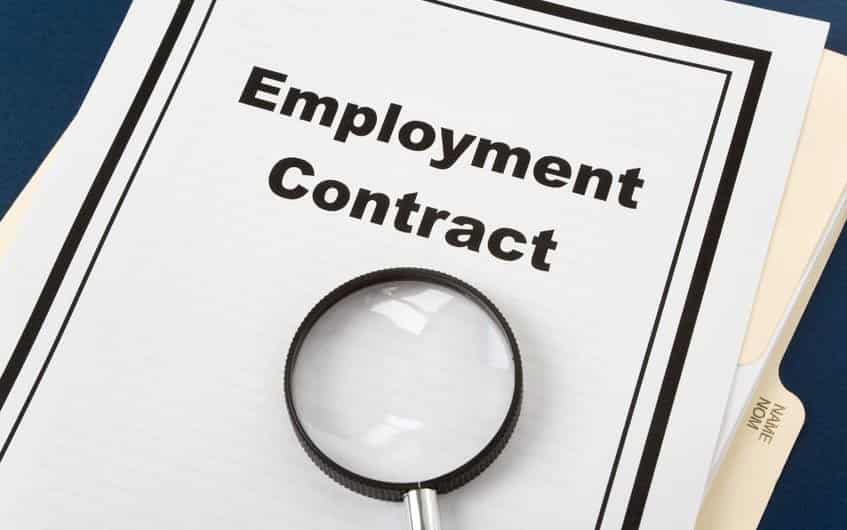It’s likely that you have had times where you’ve had to sign a form before undertaking a new activity. Whether it’s a simple game of paintball or a martial arts tournament, these activities involve an element of risk. Acknowledging this risk is important – and even more important is that this is in writing. Subsequently, people often sign liability waiver forms which indemnify a party from liability in the event that anything happens. Liability waiver forms protect businesses by notifying that you bear responsibility for the risks you’re taking on. This article will cover what a liability form is, and how it can protect your business from legal action.
Table of Contents
Avoiding liability
Businesses that provide services which involve risk need to ensure that:
- The customer understands the risks involved in undertaking the activity
- Your customer is still willing to undertake the activity
- You have taken all the necessary precautions to ensure the activity is as safe as it can be
- Your business will not be liable if anything goes wrong
A liability waiver form is a legal document which protects someone who wants to reduce their risk of liability. Reducing liability is important for businesses, especially those that facilitate risk-related activities.
This is in case there are any accidents or injuries that happen while a person is doing the activity. Liability waiver forms are especially important for businesses that operate recreational activities such as climbing, abseiling or even boats. With these sorts of activities, things can go wrong no matter how much you prepare.
Legal proceedings
Your customer will ordinarily be able to commence legal proceedings if harmed in your care. This can be if a customer is undertaking an activity your business provides, or on your premises. A legal action such as this would likely result in the business having to pay damages to the plaintiff. However, signing a waiver of liability means that a person is generally waiving their right to sue you or your business.
Why you need it
As a business owner, it’s in your best interests not to be liable when an incident occurs on your premises or during your event. Litigation can be time-consuming and expensive for businesses, and this isn’t including the damages you might have to pay. Liability waivers shift the responsibility from your business to your customer. However, there are some exceptions.
Exemptions
Negligence
If you were negligent, you can still face legal action in the event that a person is injured or killed. The Law of Negligence and Limitation of Liability Act (2008) Cth defines negligence as the “failure to exercise reasonable care” to avoid causing injury or loss to another person.
Example
You run a bungee jumping business and have for many years. However, in that time you have not updated your equipment, more specifically the harnesses which ensure that people don’t fall. A customer does the jump and the rusted harness snaps. The customer suffers multiple severe injuries and has to pay $22,000 in medical and surgical fees.
In this case, your business would be liable for customer injuries. This is because you have not updated your equipment, something which is instrumental in ensuring your customer’s safety is negligent. By not ensuring your equipment is safe, your customer is put at risk.
Security issues
You cannot waive liability for not having various alarms such as smoke detectors or fire escapes in place.
Public interest
If your service is considered ‘crucial’ and causes harm (such as if the water supply is contaminated), you would unlikely be able to rely on a liability waiver.
Superior bargaining power
Having superior bargaining power could easily pressure or force your client into blindly agreeing to their terms, of which could be a liability waiver. In scenarios like this, there is the potential for these waivers to not stand, most likely pending a court decision.

Get a free legal document when you sign up to Lawpath
Sign up for one of our legal plans or get started for free today.
Statutory obligations
Many public sector institutions have specific statutory duties which cannot be delegated away.
Ambiguity
Liability waivers need to be clear in their expression and their intentions. They must be specific and not overly vague so as to generalise.
Fraud or misrepresentation
If, for example, your rock climbing business advertised assisted climbing but forced its customers to free climb.
Article Summary
- Liability Waiver Form: A legal document which protects someone who wants to reduce their risk of liability. Most commonly these forms are used by businesses who provide services that may cause injury or loss to participants
However, it is important to know that there are certain exemptions, not allowing businesses to be protected from liability. It’s important to have a basic understanding of what they are to not violate them in future.
Concluding remarks
In general, it is always best to have a liability waiver form in place. Not only will this protect your business, it will also protect customers by ensuring that they fully understand the risk they’re engaging in. This is one instance where it’s better to be safe than sorry.
If you’re involved in sports-related matters and require a liability waiver form, it is important to seek advice with a lawyer. In addition, you can access a range of specific waiver documents here.




